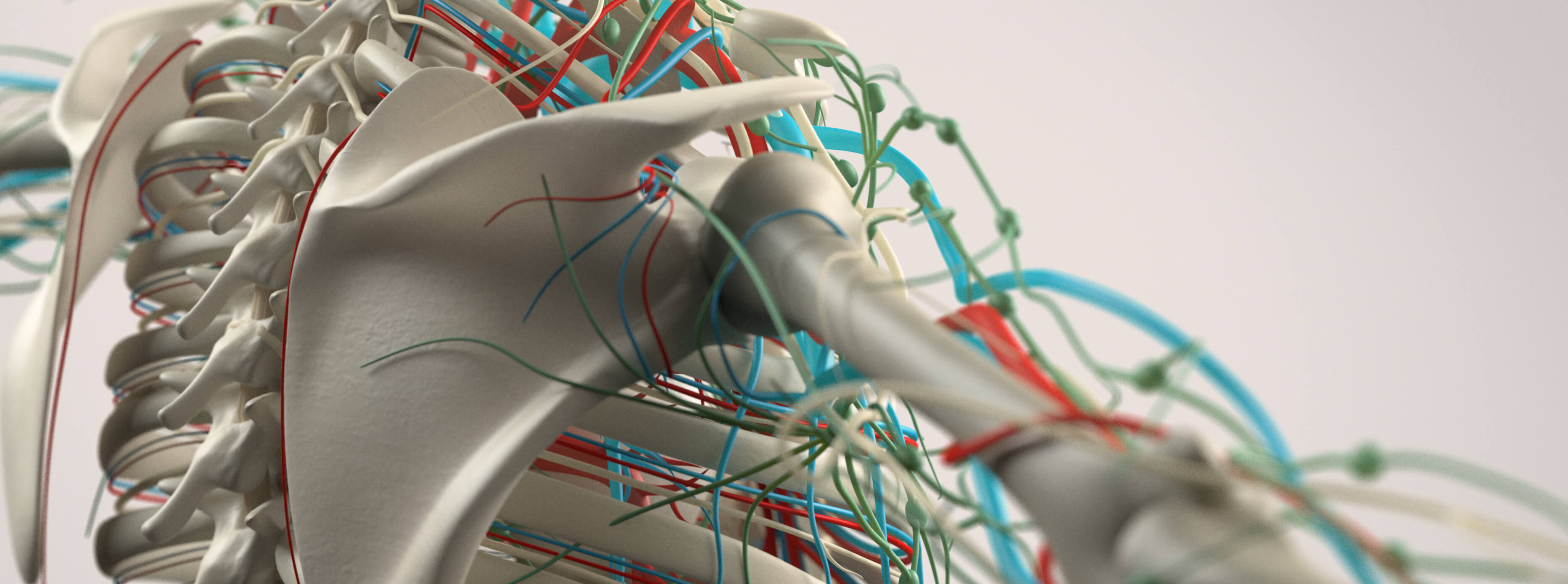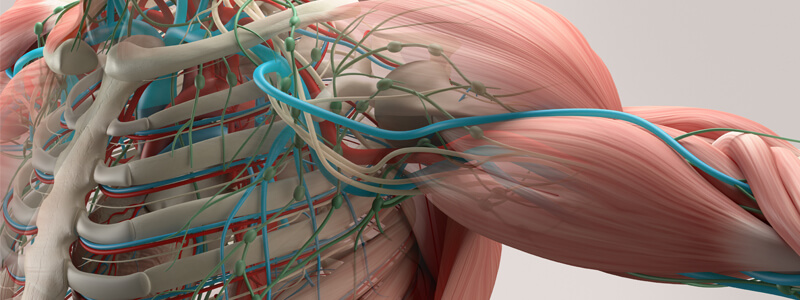


The Ascending Tracts
The ascending tracts are neural pathways located in the white matter that conduct afferent information from the peripheral nerves to the cerebral cortex. There are usually three neurons in an ascending pathway: First-order neurons, in which the cell body is in the...
Overview of the Cranial Nerves
There are twelve paired cranial nerves in total, and they all arise directly from the brain, in contrast to the spinal nerves, which arise from segments of the spinal cord. The cranial nerves are accordingly numbered by the location within the brainstem (superior to...
Upper Limb Nerve Lesions (Part 2 – The Radial Nerve)
In Part 1 of our ‘Upper Limb Nerve Lesions’ series we learnt about the brachial plexus and the two most commonly occurring lesions associated with damage to it. We now move on to the radial nerve and its associated nerve lesions. The radial nerve is a major branch of...




